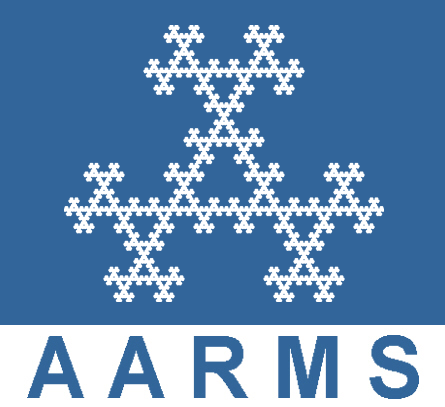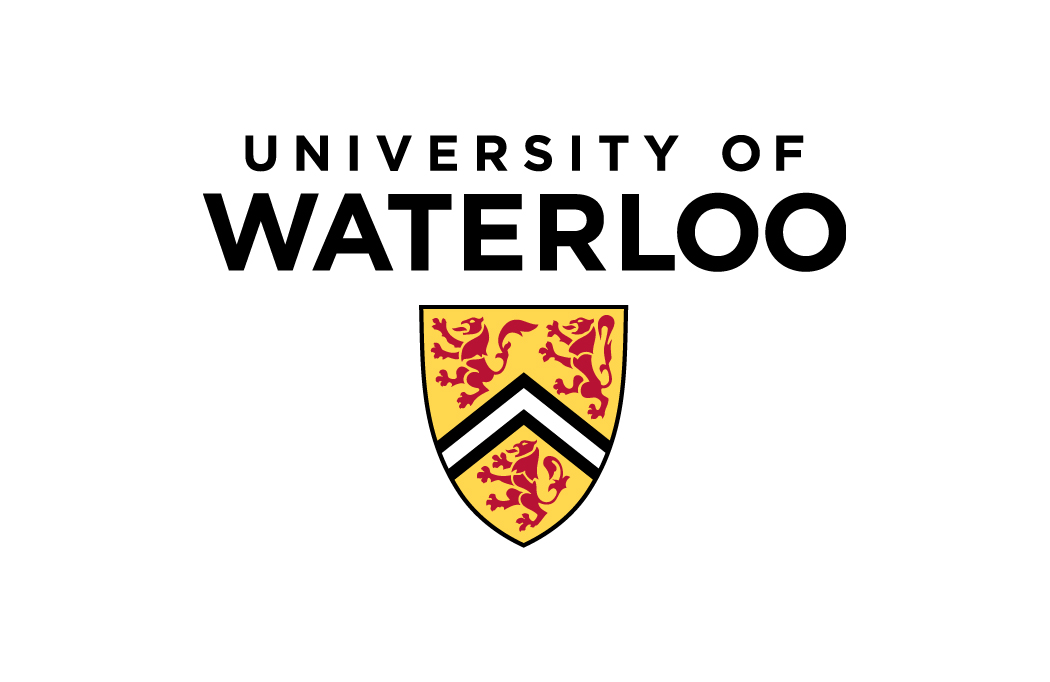2017 CMS Winter Meeting
Waterloo, December 8 - 11, 2017
Org: Ilijas Farah (York University) and Marcin Sabok (McGill University)
[PDF]
- BRADD HART, McMaster University
The model theory of von Neumann algebras revisited [PDF]
-
Both the Groh-Raynaud and Ocneanu ultraproduct play a significant role in the theory of general von Neumann algebras. Most of the effort to date on the model theory of von Neumann algebra has been directed at the case of II$_1$ factors. Previous work of Ando and Haagerup and separately Dabrowski indicate that there is a well-behaved model theory in the general setting. I will give a different presentation of this work with an eye to applications. This is joint work with Thomas Sinclair.
- MATTHEW KENNEDY, University of Waterloo
An infinite quantum Ramsey theorem [PDF]
-
There are good reasons for viewing an operator system as a kind of “quantum” graph. For example, this perspective has proved important in the quantum information literature. Recently, motivated by a question of Severini, Weaver proved an analogue of the finite Ramsey theorem for operator systems. In this talk, I will discuss an analogue of the infinite Ramsey theorem for operator systems.
This is joint work with Taras Kolomatski and Daniel Spivak.
- PIOTR KOSZMIDER, Institute of Mathematics of the Polish Academy of Sciences
Large locally finite-dimensional operator algebras [PDF]
-
A C*-algebra $A$ is said to be locally finite-dimensional (LF) if
finite subsets of $A$ can be approximated from finite-dimensional subalgebras.
It is called approximatelly finite-dimensional (AF) if it contains
a directed family of finite-dimensional subalgebras whose union is dense. These two notions
coincide for separable C*-algebras (Bratteli) but are different in general (Farah, Katsura).
A C*-algebra is called scattered if each of its subalgebras is LF. This generalizes $C(K)$
for $K$ scattered, i.e., where every subset has an isolated point.
We survey our recent joint results with T. Bice and with S. Ghasemi
concerning some locally finite-dimensional nonseparable operator algebras
in $B(\ell_2)$.
The results include:
There are C*-subalgebras of $B(\ell_2)$ with the following properties:
1) A nonseparable AF algebra with no nonseparable abelian C*-subalgebra,
2) An extension of $K(\ell_2(2^\omega))$ by $K(\ell_2)$ which is not stable,
3) An inductive limit of an increasing system of separable stable AF algebras which is not stable,
There are C*-algebras with the following properties, and the existence of such operator algebras in $B(\ell_2)$ is undecidable:
4) A scattered C*-algebra which is not AF,
5) An extension of an AF algebra by AF algebra which is not AF,
6) An LF algebra which is not AF,
7) An algebra which does not have $\ll$-increasing approximate unit ($a\ll b$ iff $a=ab$),
All the above algebras are scattered. The methods are inspired by commutative combinatorial set theory (trees, almost disjoint families, gaps, $Q$-sets) and often mix with logic.
- PAUL MCKENNEY, Miami University
Automorphisms of corona algebras [PDF]
-
The Proper Forcing Axiom has long been known to have a strong effect on the rigidity of various uncountable structures, where in contrast the continuum hypothesis often implies nonrigidity. One such example is the case of the automorphisms of the corona $M(A)/A$ of a C*-algebra $A$, where Shelah-Steprans and Farah respectively have rigidity results under PFA in the case of $A = c_0$ and $A = K(\ell^2)$. Both results ``factor'' in the same way, namely by first showing (using PFA) that an automorphism is necessarily definable, and then by showing (just in ZFC) that a definable automorphism has a certain structure. I will discuss a recent result (joint with A. Vignati) which proves the first half of the factorization for a large class of separable, nuclear C*-algebras. With time I'll discuss what is open in the second half of the factorization.
- PHILIP SCOWCROFT, Wesleyan University
Decision procedures for the sentences true in certain metric structures [PDF]
-
After establishing a completeness theorem for continuous logic (JSL 75, 2010), Ben Yaacov and Pedersen conclude that if $T$ is a complete recursive $\mathcal{L}$-theory in continuous logic, and $v(A)$ is the truth value of the $\mathcal{L}$-sentence $A$ in models of $T$, then $v(A)$ is a recursive real uniformly recursive in $A$. Among the examples to which the latter result applies are theories of atomless probability structures, the (bounded) Urysohn space, Hilbert space, the l-group or l-ring of real-valued continuous functions on the Cantor set, and the complex *-algebra of continuous functions on the Cantor set. This talk will explain why these examples obey stronger results yielding, for example, decision procedures for the sentences true in these structures.
- IIAN SMYTHE, Rutgers University
Generic pure states [PDF]
-
Using their theory of "quantum filters", Farah and Weaver showed that any sufficiently generic filter for the projections in the Calkin algebra produces a pathological pure state; it is not pure when restricted to any atomic maximal abelian self-adjoint subalgebra, and is thus a counterexample to a conjecture of Anderson. Using Ramsey-theoretic techniques, we give sufficient conditions for filters of projections to yield counterexample to Anderson's conjecture, and under large cardinal hypotheses, to be generic over the inner model $L(\mathbb{R})$.
- AARON TIKUISIS, University of Ottawa
The Dixmier property [PDF]
-
The Dixmier property is a property for C*-algebras, which first arose in Dixmier's proof that von Neumann factors have at most one trace. Roughly, it says that any element of the C*-algebra can be approximately averaged towards the centre via unitaries. A uniform version of the Dixmier property has only recently been considered, and it opens up some interesting questions. I will discuss these things. This is joint work with R. Archbold and L. Robert.
- ANDREA VACCARO, University of Pisa - York University
Trace spaces of Counterexamples to Naimark's Problem [PDF]
-
A Counterexample to Naimark’s Problem (CNP) is a C*-algebra with only one irreducible representation up to unitary equivalence which is not isomorphic to the algebra of compact operators. In 2004 Akemann and Weaver showed how to produce, assuming the extra set-theoretic axiom known as Jensen’s diamond principle, such counterexamples. Starting from their proof, we undertake the study of the trace spaces of such algebras. By improving the Kishimoto-Ozawa-Sakai Theorem on the transitivity of the action of asymptotically inner automorphisms on the pure state space of a separable simple unital C*-algebra, we show that there exists a CNP whose trace space is nonseparable, and that for every metrizable Choquet simplex $X$ there is a CNP whose trace space is homeomorphic to $X$.





